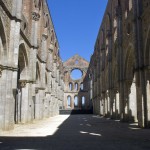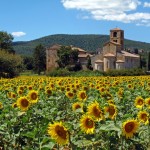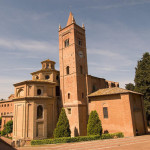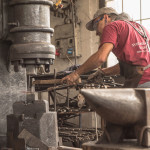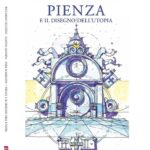Trip to Val d’Orcia
Duration: Maximum 6 hours
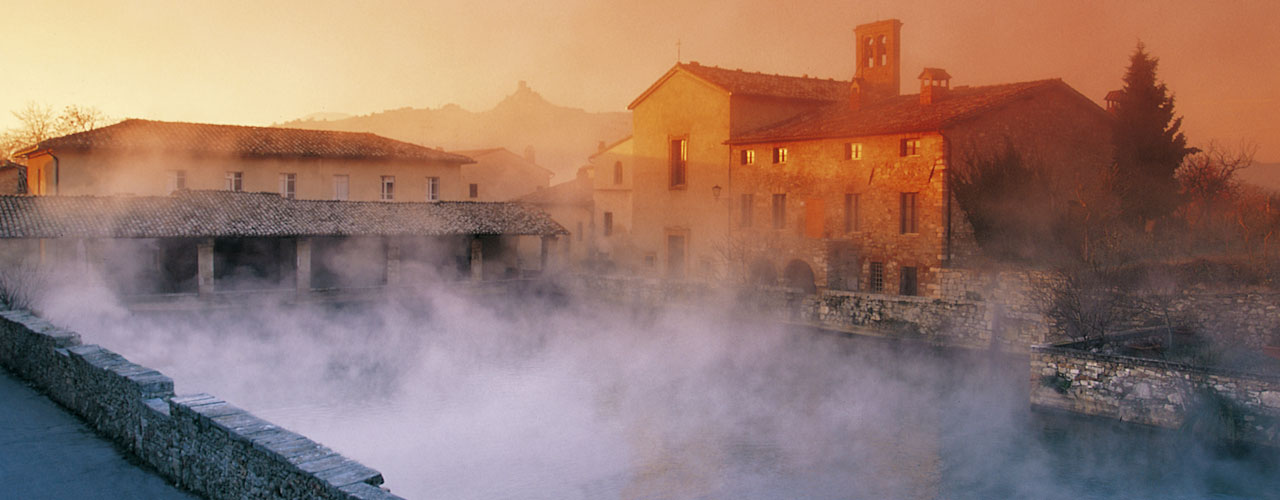
Morning:Visit to Pienza and a ceramic workshop
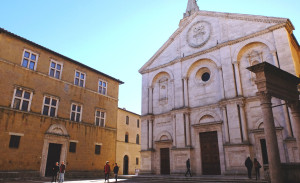 Pienza, built between 1459 and 1462 as the only example of an ideal city of the Renaissance, in December of 1996 became a World Heritage Site (UNESCO). The guided tour will illustrate the most important events of the life of Pope Pius II, an extraordinary humanist who commissioned the city that still bears his name. Furthermore, the visit will allow students to enjoy the features of an urban complex that is the result of a unique architectural project carried out by the great Bernardo Rossellino. Then the tour will show the main square, an original example of urban planning;the cathedral (free admission); the Piccolomini Palace courtyard, summer residence of Pope Pius II; and the medieval quarters which face the Val d’Orcia.
Pienza, built between 1459 and 1462 as the only example of an ideal city of the Renaissance, in December of 1996 became a World Heritage Site (UNESCO). The guided tour will illustrate the most important events of the life of Pope Pius II, an extraordinary humanist who commissioned the city that still bears his name. Furthermore, the visit will allow students to enjoy the features of an urban complex that is the result of a unique architectural project carried out by the great Bernardo Rossellino. Then the tour will show the main square, an original example of urban planning;the cathedral (free admission); the Piccolomini Palace courtyard, summer residence of Pope Pius II; and the medieval quarters which face the Val d’Orcia.
At the end of the guided tour, students willhave the opportunity to attend a free demonstration of pottery decoration at a workshop built into ancient tufa caves in the historic center of Pienza. (Only on request).
Afternoon: San Quirico d’Orcia and Bagno Vignoni
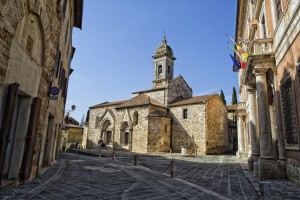 A place of great interest and a depository of some true jewels of Italian art, the village of San Quirico d’Orcia was built on the ancient Francigena Road, which still crosses the town center. Walking along the main thoroughfare, it is possible to admire important monuments such as the Collegiata, a real masterpiece of medieval architecture; the church of Santa Maria Assunta (XII century); elegant mansions like Palazzo Chigi; and the ancient palace of Cardinal Flavio Chigi, designed by Carlo Fontana (1679). Do not miss a walk through the HortiLeonini, which are Renaissance gardens conceived by Diomede Leoni around 1540 and developed on three separate levels. This is truly a place of enchantment.
A place of great interest and a depository of some true jewels of Italian art, the village of San Quirico d’Orcia was built on the ancient Francigena Road, which still crosses the town center. Walking along the main thoroughfare, it is possible to admire important monuments such as the Collegiata, a real masterpiece of medieval architecture; the church of Santa Maria Assunta (XII century); elegant mansions like Palazzo Chigi; and the ancient palace of Cardinal Flavio Chigi, designed by Carlo Fontana (1679). Do not miss a walk through the HortiLeonini, which are Renaissance gardens conceived by Diomede Leoni around 1540 and developed on three separate levels. This is truly a place of enchantment.
A few kilometers away from San Quirico is the ancient spa of Bagno Vignoni, already known during Roman times and frequented by important figures such as St. Catherine of Siena and Lorenzo the Magnificent. The village still has its medieval appearance, characterized by minute Gothic buildings surrounding the main square, which is entirely filled with natural thermal water that flows, even today, from the spring located in the center of the village. Also recommended is a visit to the park where there are several medieval mills that were once powered by the aforementioned thermal spring.
Social Share
Tours
News
Liguria Tourist Guides
(Italiano) Un nuovo libro su Pienza
(Italiano) La prima cosa bella
- Liguria Tourist GuidesTourist guides in Genoa, Portofino and Liguria. Guided tours of Finalborgo, Noli, Albenga, Savona, Dolceacqua, Imperia, Camogli, Rapallo and much more. Excursions to Monaco, Monte Carlo, French Riviera, Cinque Terre.… Read more: Liguria Tourist Guides
- (Italiano) Un nuovo libro su PienzaSorry, this entry is only available in Italian.
Cookie Policy | Privacy Policy: Italiano - English

